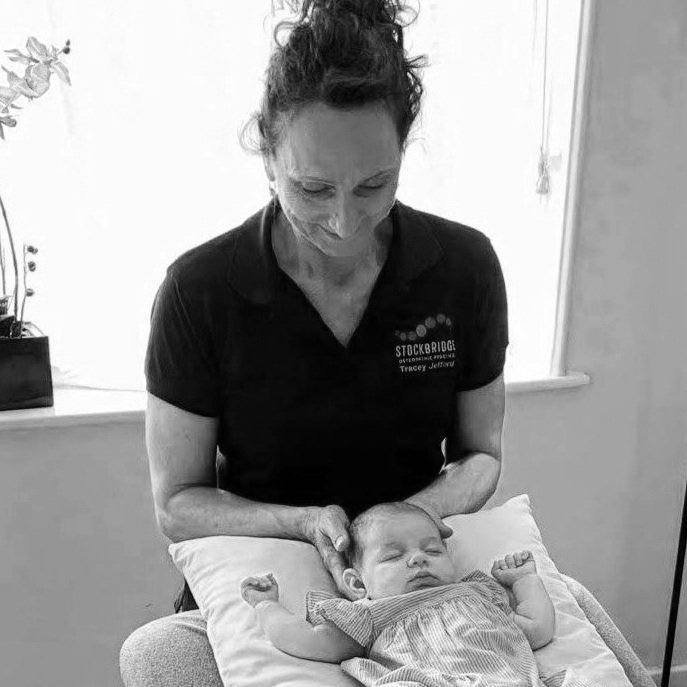The pelvic tilt explained…
“I’ve been told a pelvic tilt can ease the pain in my lower back - but how do I do it?”
Practitioners recommend the pelvic tilt when your lower back hurts, as the tilting activates the deeper abdominal muscles so that the lower back muscles don’t have to take as much strain - so they relax. The tilt can be done in standing, or as a small Cat Stretch on hands and knees, but the safest way, which also gives the most feedback - via the floor - is a basic pelvic tilt when lying on your back.
Here’s how to do it:
Lie on your back on the floor (a bed is too soft, but you can be on a rug or mat) with your knees bent and your feet slightly apart.
Feel the small hollow between your lower back - your lumbar spine - and the floor.
At the bottom of your spine you have your tailbone - your coccyx. Now try to lift just your tailbone off the floor, and feel how your lower back then comes closer to the floor. Try to not just push with your heels (which you will feel in your hamstrings) but use your stomach muscles to lift the coccyx.
With this lift of the coccyx the vertebrae of the lumbar spine open up at the back, releasing their pressure on the disks.This is an active tilt of the pelvis; hold it briefly, then release, and repeat 6-10 times.
You can make it a passive tilt too, by making it into a knee hug - instead of keeping your feet on the floor, gently lift one leg at a time and hold on to your knees with your hands. You can stay in the knee hug for as long as you find it comfortable.
Once you have passed the acute phase of your injury, it’s a good idea to begin exercising in a way that engages your core muscles to prevent it from happening again. Pilates is a way to safely start moving.
Anneli McCullagh
To book your Pilates lesson at the SOP, please contact Anneli McCullagh directly by email testvalleypilates@gmail.com.



































